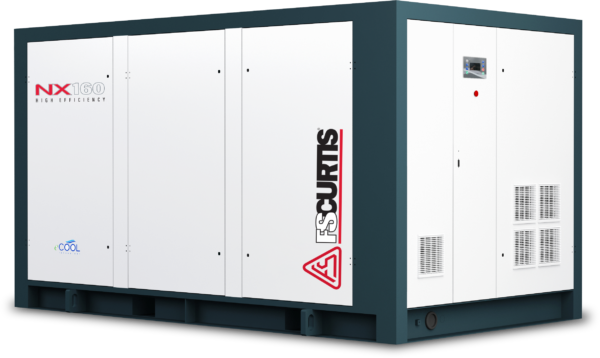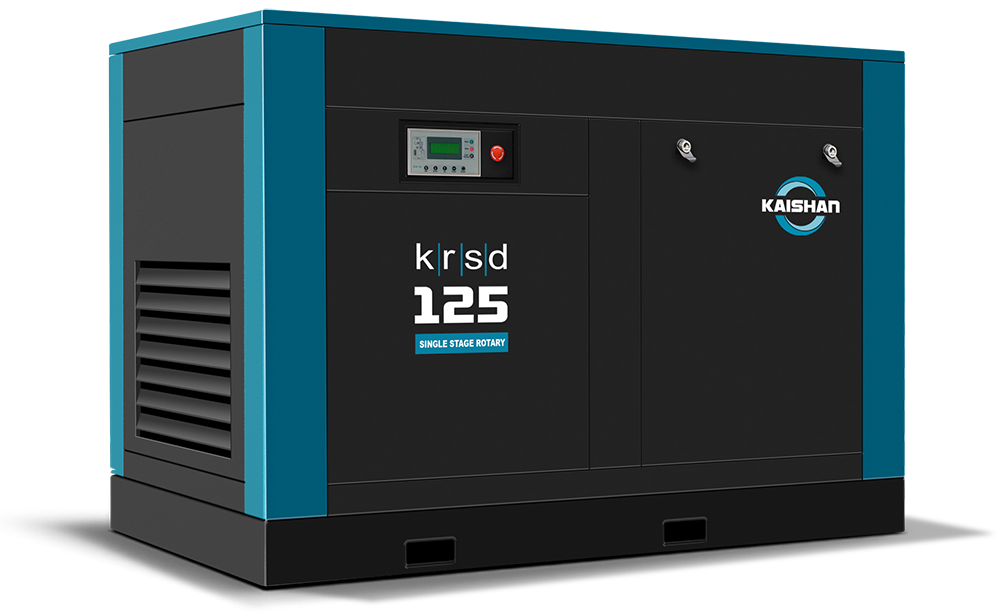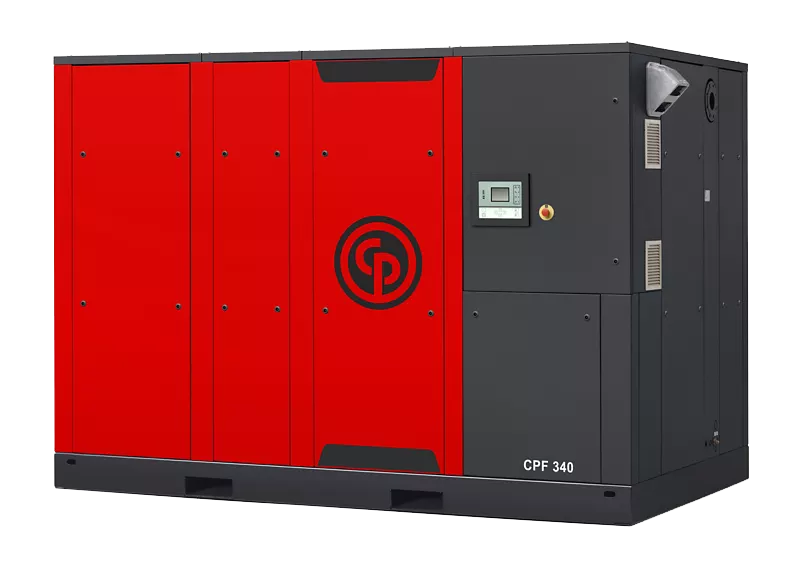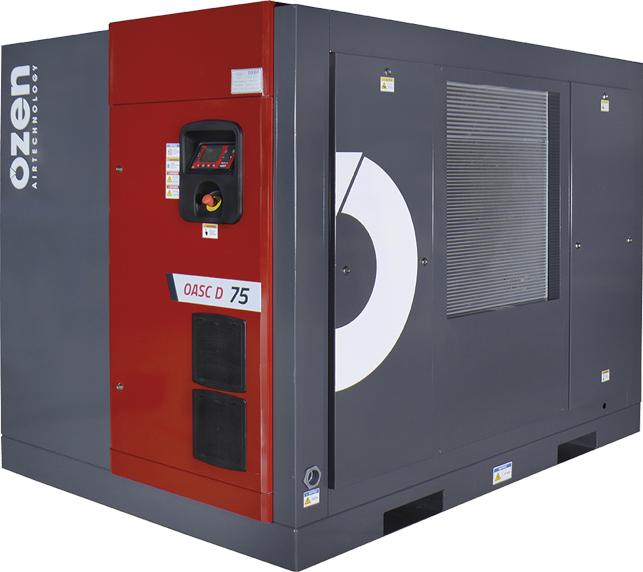Air compressors can seem complicated at first! If you’re thinking about owning– or even renting– one, it’s a good idea to do some research beforehand to familiarize yourself with the machine. Here are some terms every air compressor owner should be familiar with.
Terms for you to Know
- Cubic feet per minute (CFM): The volume of air that is able to pass through an opening in one minute.
- Duty cycle: Amount of time that a compressor can operate at full load before needing to unload/turn off.
- Filter efficiency: The rate at which a filter can remove particles from an air flow.
- Kick-in pressure: Factory-set low pressure point of the pressure switch that starts the compressor in order to re-pressurize the tank.
- Kick-out pressure: Factory-set high pressure point of the pressure switch that stops the compressor from increasing the pressure in the tank above a certain level.
- Load time: The time it takes for a compressor to go from load to unload.
- Oil-free compressor: Air compressor that has no oil inserted into the compression chamber for lubrication, cooling or sealing. Typically used in the medical and food processing field.
- Pneumatic: Related to the movement of air.
- Pneumatic power: Compressed air power.
- Point of use: An outlet in a building used to connect tools or equipment to the air compressor system.
- Pounds per square inch (PSI): A unit of measurement referring to the pressure applied on one square inch of an object’s surface.
- Preventative maintenance (PM): A maintenance program performed on a fixed schedule that includes compressor service as well as routine repair and replacement of parts.
- Purging: The elimination of undesired gas or liquid from a system.
- Receiver: Generally a tank used for storage of compressed air. Oftentimes in large air compressor systems there can be a primary and secondary receiver.
- Reciprocating compressor: A reciprocating compressor uses pistons driven by a crankshaft to deliver air at high pressure.
- Rotary screw compressor: A compressor that utilizes two intermeshing helical rotors to trap a volume of air, then compress it to a higher pressure. Rotary screw compressors can be run for 24 hours per day, 365 days a year.
- Single stage: A compressor in which the air is compressed from initial pressure to final pressure in one step.
Have Questions?
Learning these terms will allow you to feel more confident when discussing your compressor, whether it’s during day-to-day operations or when talking to a repair person. Have any questions? Give us a call at a 3C office near you!
San Antonio: (830) 420-3630
Austin: (512) 244-9074
Corpus Christi: (361) 452-2749









